Saturday, September 18, 2004
Noninvasive Diagnosis of CAD
Noninvasive Diagnosis of CAD
------------------------------------------------------------------------
It seems I have started a debate on Noninvasive Treatment of CAD. Now let me take this subject one step further by discussing noninvasive diagnosis of CAD.
Dr. Howard Wayne of the Noninvasive Heart Center of San Diego says "Noninvasive testing entails placing radioactive detectors, sonar devices, pulse transducers and microphones on the chest. No catheters, tubes or needles enter or "invade" the body.
Non invasive tests and images permanently record:
* localized abnormalities of motion of heart muscle due to obstructive coronary artery disease.
* flow of blood in heart muscle.
* thickness of heart muscle walls.
* dimensions of heart's chambers.
* structure and motion of its valves.
* obstruction or leakage of valves.
* heart murmurs: their origin and the volume, velocity and pattern of blood flow through each valve.
* duration of each phase of the cardiac cycle (electrical activation, rise in pressure, ejection of blood, relaxation, early and late filling of the heart, and atrial contraction).
* normal and abnormal heart sounds.
* systolic and diastolic heart function.
* fraction of blood ejected each beat.
Heart disease, if present, will be found with resting, noninvasive tests in 85-90% of patients. Even those without symptoms. Exercise tests with noninvasive studies will identify almost all of the remainder.
Lest the readers of this post think this is the insane ramblings of a "quack," I reiterate Dr. Wayne's credentials: He is a fellow of the American College of Cardiology and American College of Physicians.
His belief in noninvasive diagnostic and treatment techniques are also endorsed by these two independent websites:
[url]www.physsportmed.com/issues/2000/01_00/roos.htm[/url]
[url]www.hearts.sutterhealth.org/health/conditions/cad.html[/url]
You will note this site not only lists noninvasive diagnostic techniques, it lists coronary bypass surgery as a last resort.
------------------------------------------------------------------------
It seems I have started a debate on Noninvasive Treatment of CAD. Now let me take this subject one step further by discussing noninvasive diagnosis of CAD.
Dr. Howard Wayne of the Noninvasive Heart Center of San Diego says "Noninvasive testing entails placing radioactive detectors, sonar devices, pulse transducers and microphones on the chest. No catheters, tubes or needles enter or "invade" the body.
Non invasive tests and images permanently record:
* localized abnormalities of motion of heart muscle due to obstructive coronary artery disease.
* flow of blood in heart muscle.
* thickness of heart muscle walls.
* dimensions of heart's chambers.
* structure and motion of its valves.
* obstruction or leakage of valves.
* heart murmurs: their origin and the volume, velocity and pattern of blood flow through each valve.
* duration of each phase of the cardiac cycle (electrical activation, rise in pressure, ejection of blood, relaxation, early and late filling of the heart, and atrial contraction).
* normal and abnormal heart sounds.
* systolic and diastolic heart function.
* fraction of blood ejected each beat.
Heart disease, if present, will be found with resting, noninvasive tests in 85-90% of patients. Even those without symptoms. Exercise tests with noninvasive studies will identify almost all of the remainder.
Lest the readers of this post think this is the insane ramblings of a "quack," I reiterate Dr. Wayne's credentials: He is a fellow of the American College of Cardiology and American College of Physicians.
His belief in noninvasive diagnostic and treatment techniques are also endorsed by these two independent websites:
[url]www.physsportmed.com/issues/2000/01_00/roos.htm[/url]
[url]www.hearts.sutterhealth.org/health/conditions/cad.html[/url]
You will note this site not only lists noninvasive diagnostic techniques, it lists coronary bypass surgery as a last resort.
Subscribe to:
Post Comments (Atom)







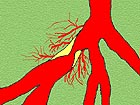
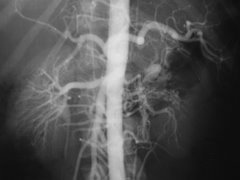
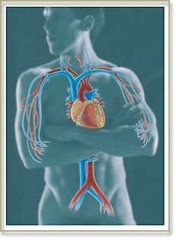
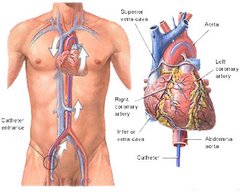
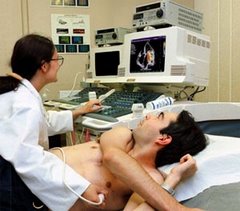
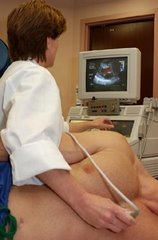
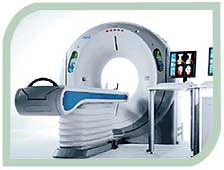
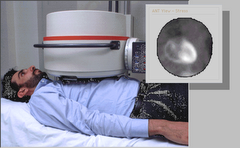
No comments:
Post a Comment